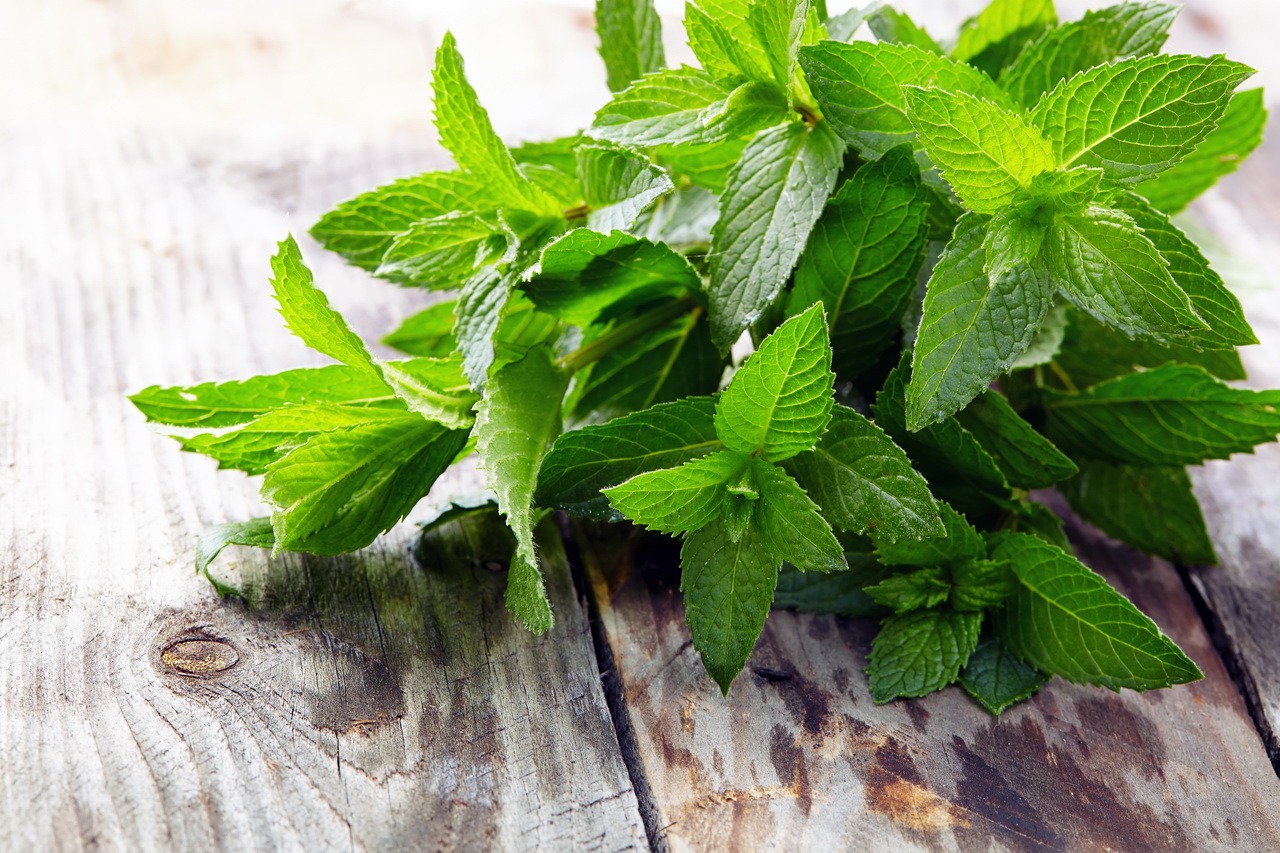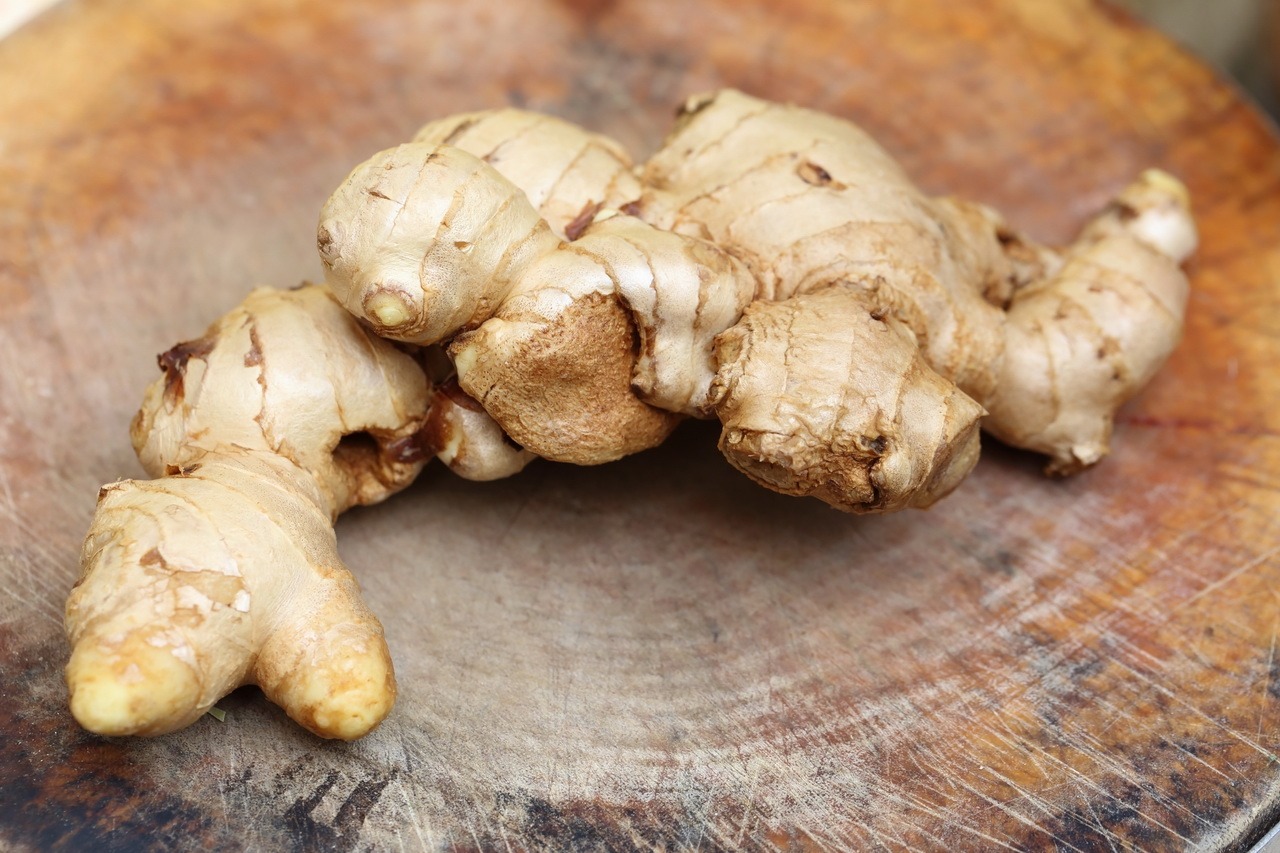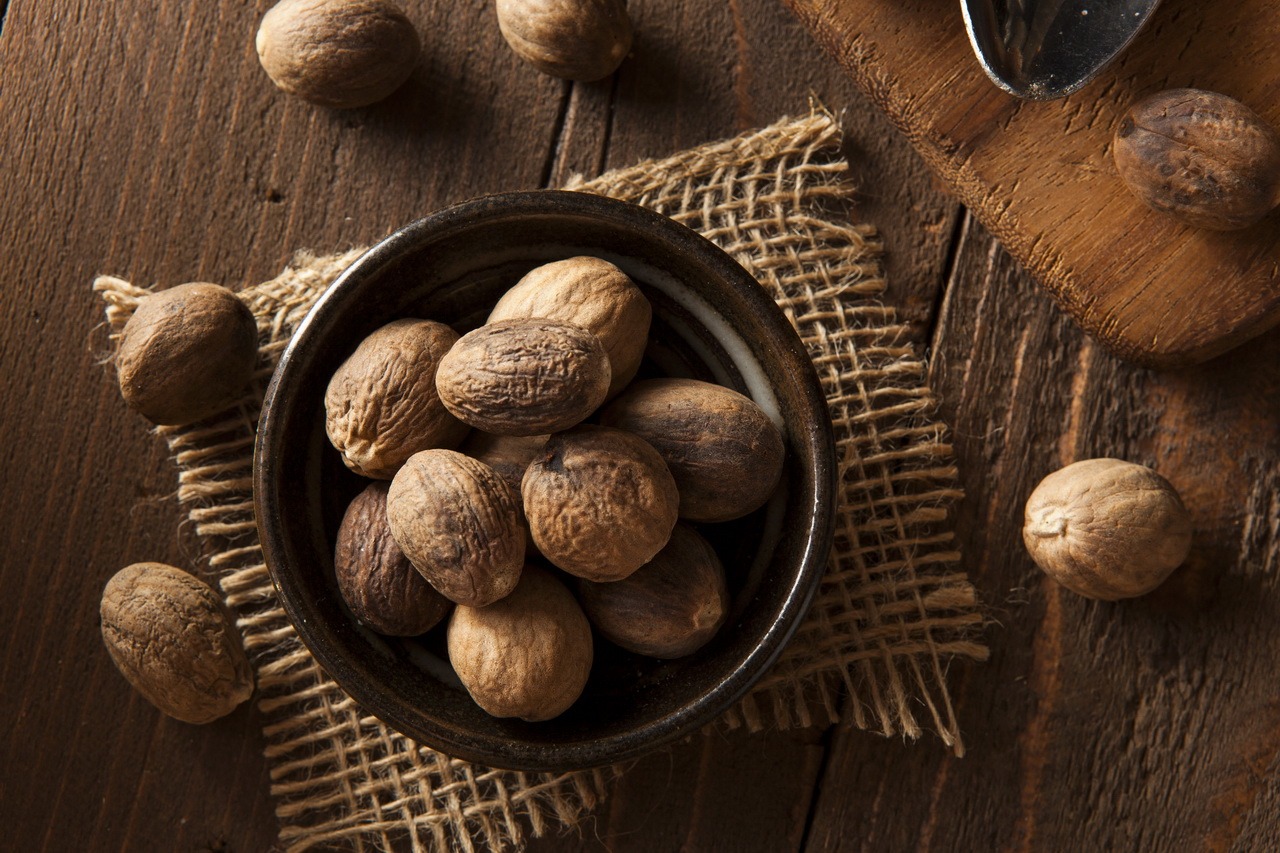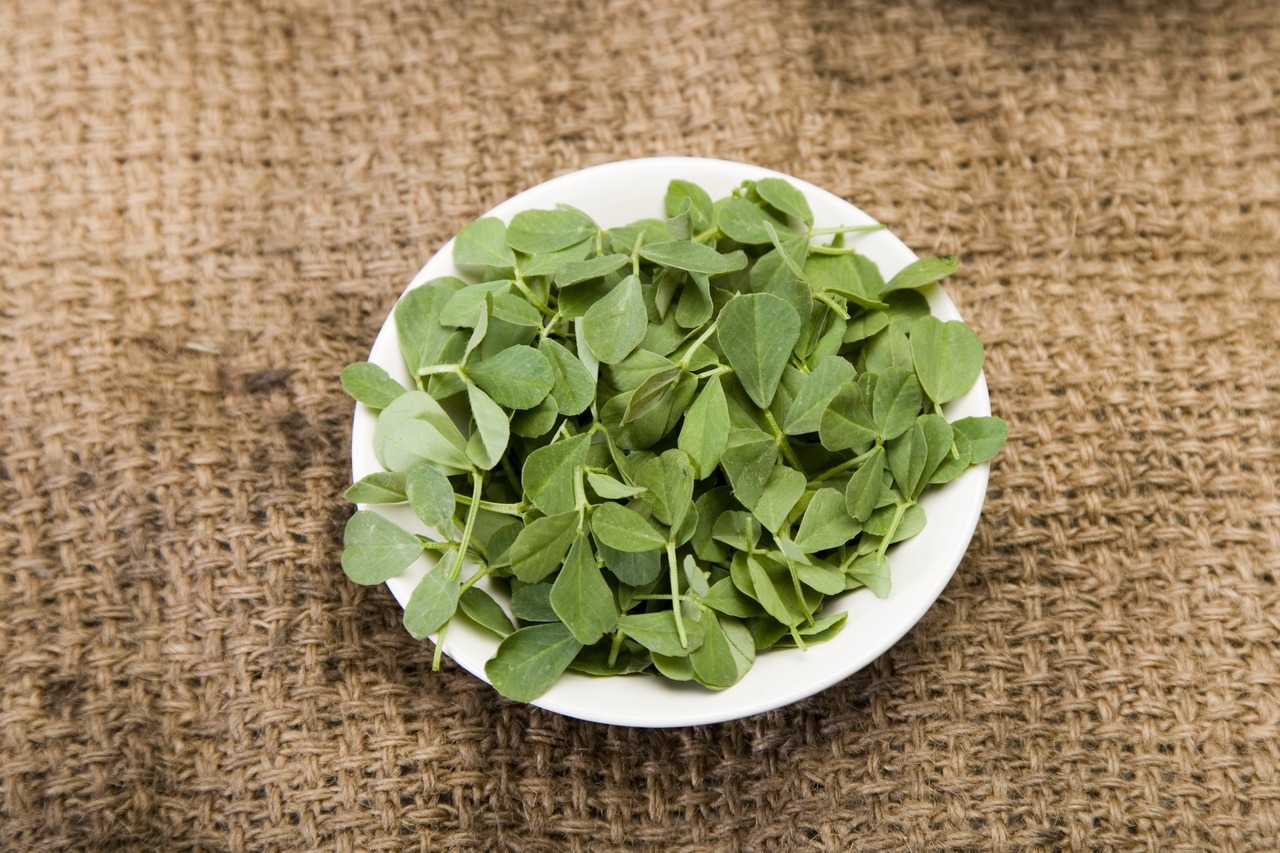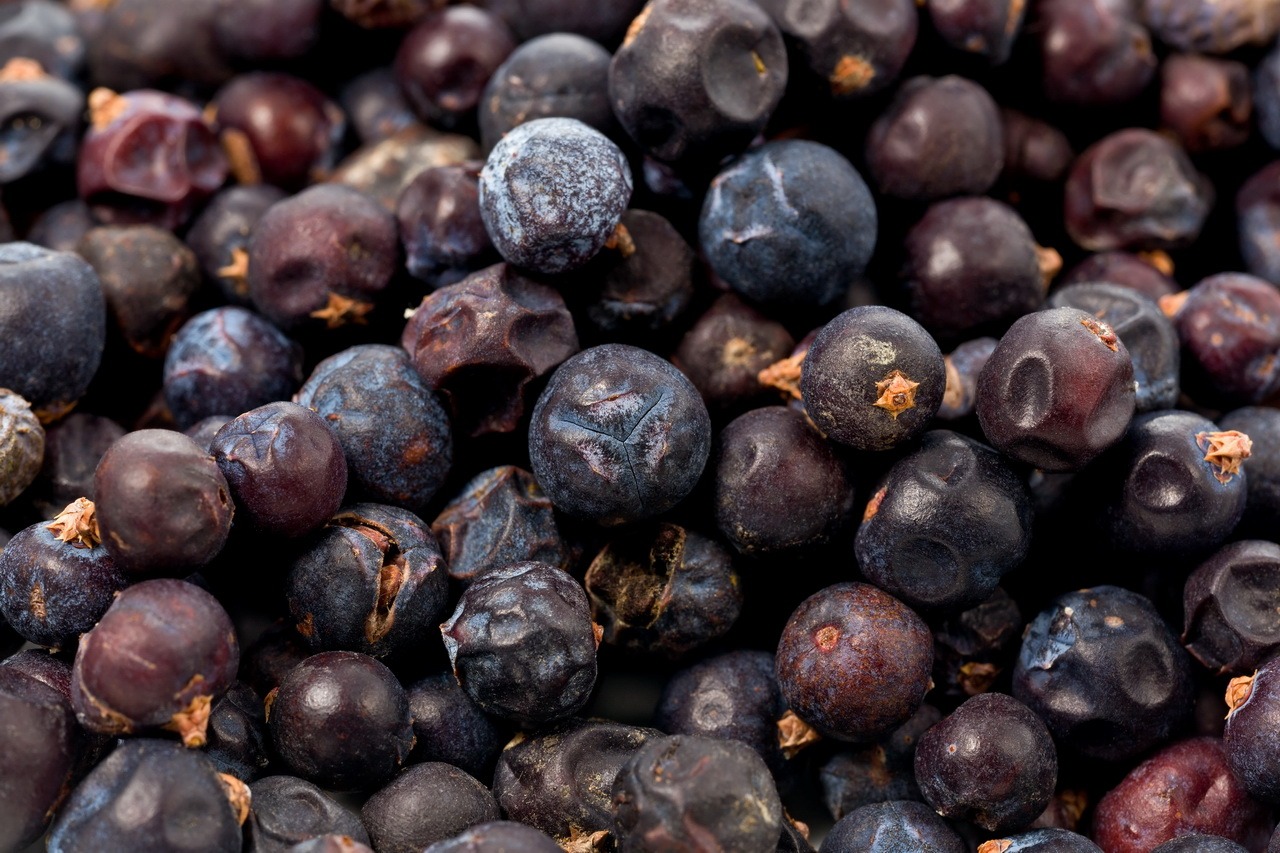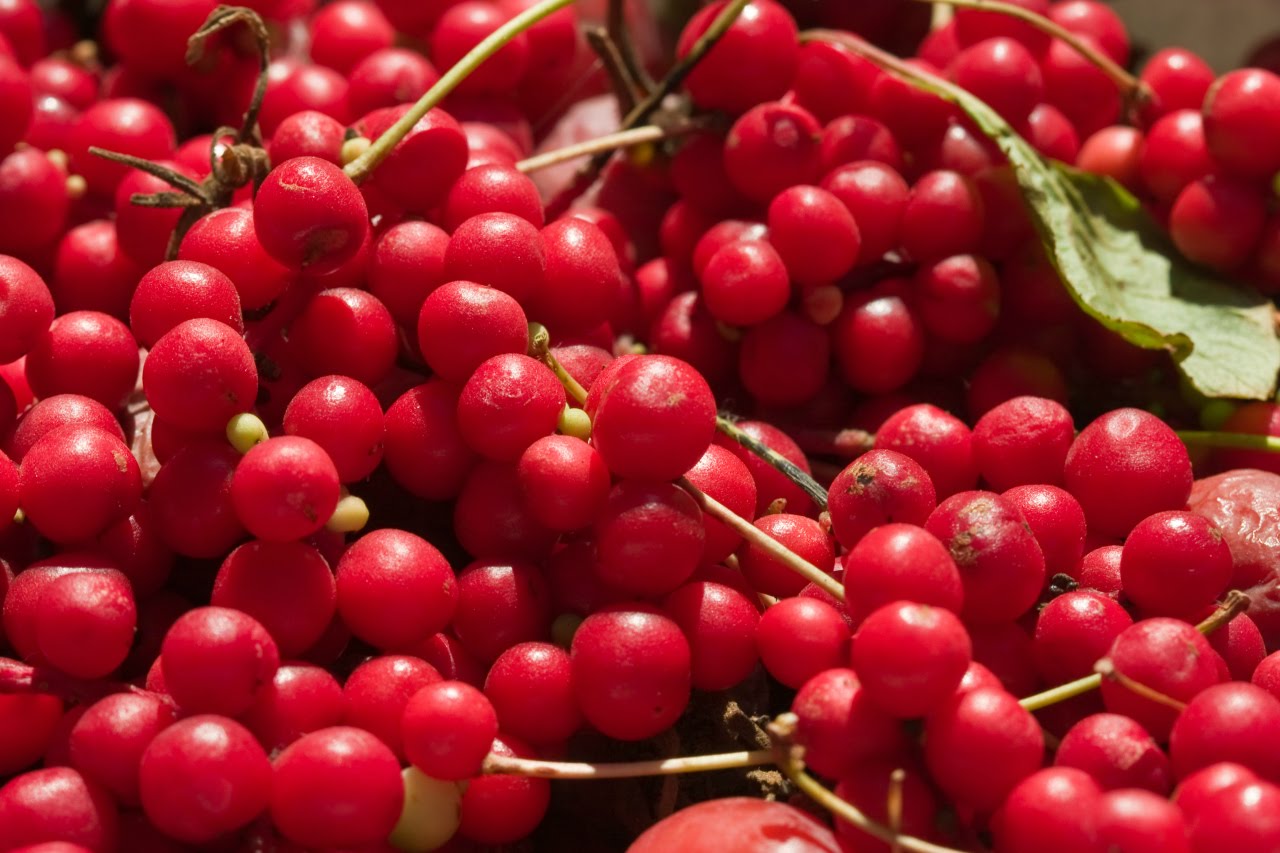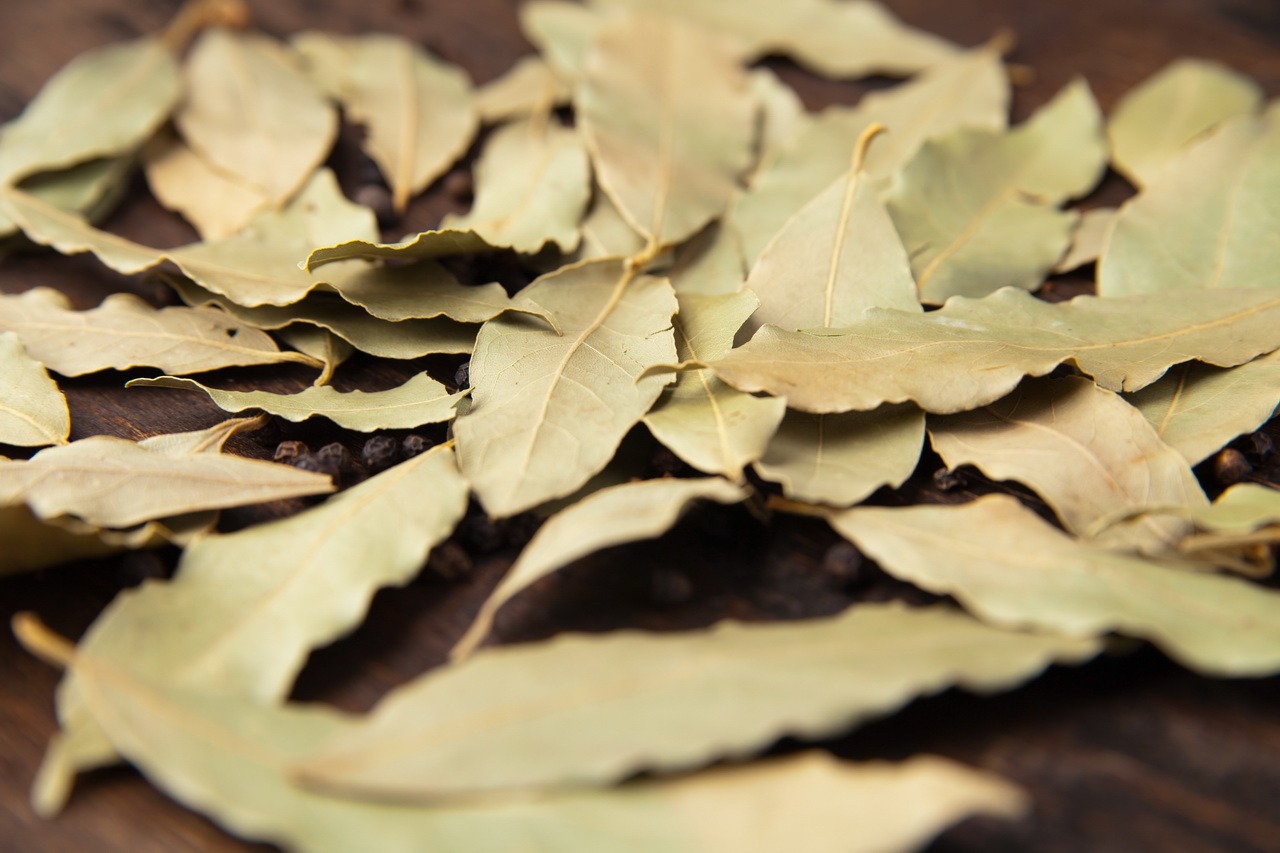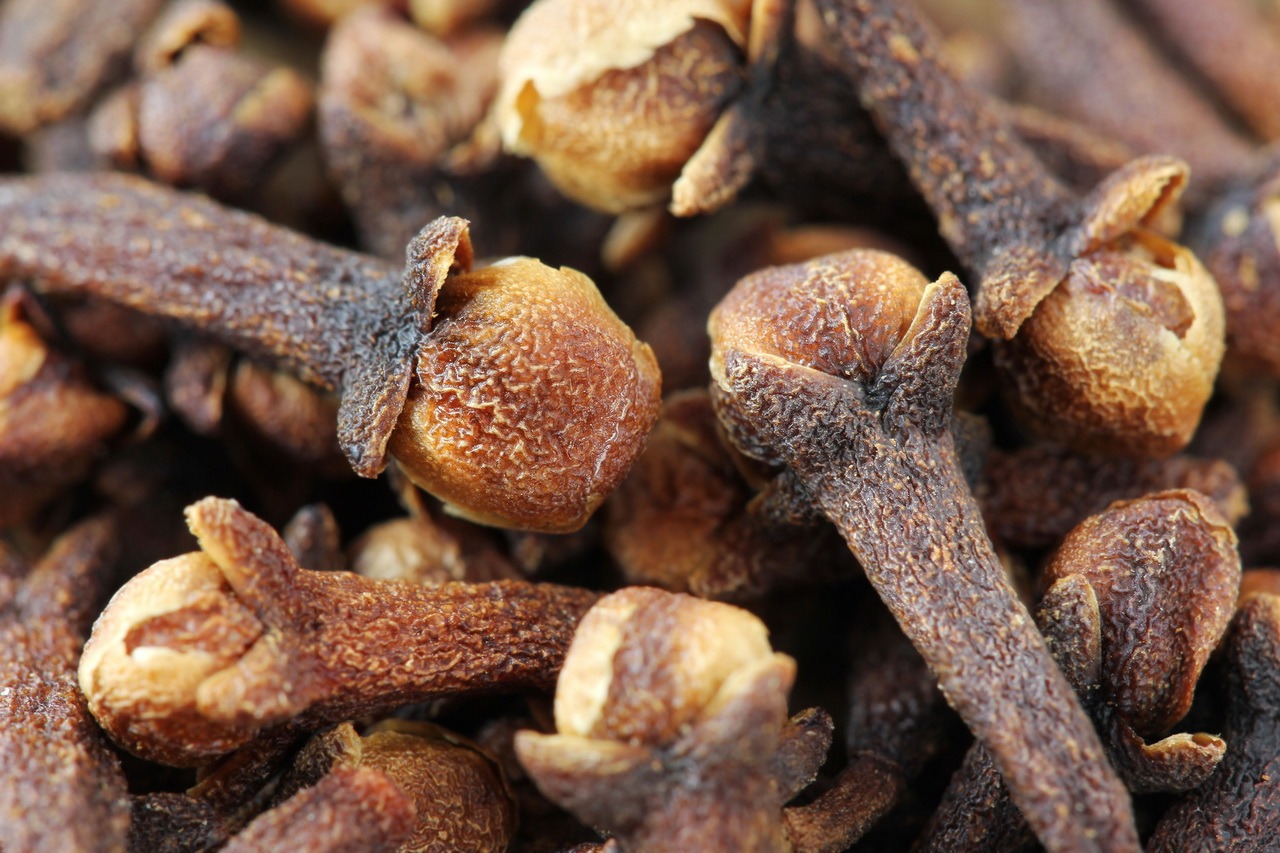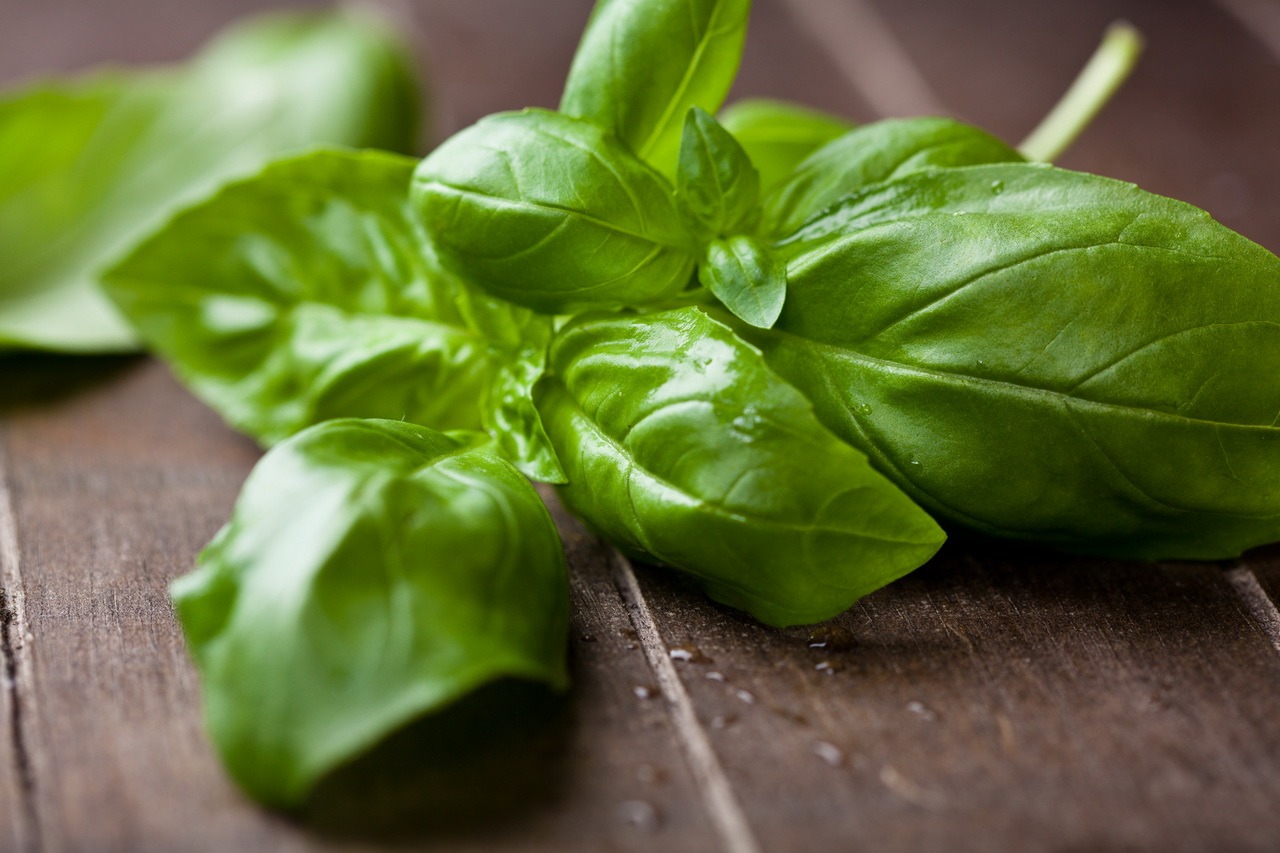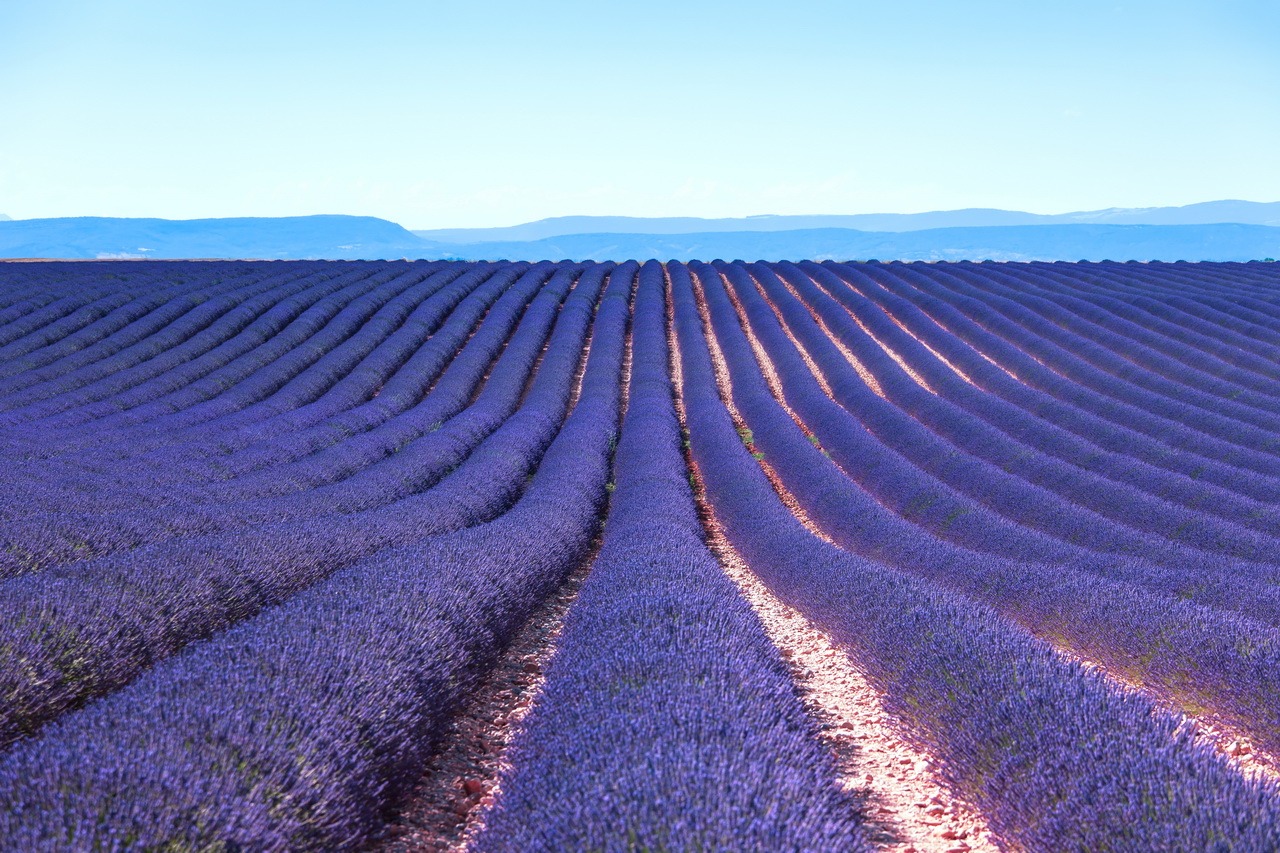Peppermint CO2 extract
Peppermint does not occur in the wild and is thought to be a hybrid of spearmint and brookmint. The basis of the flavor and pharmaceutical properties of peppermint are the secondary alcohol menthol and its ketone menthone. Peppermint is included in the Pharmacopoeia of the Russian Federation, European countries, the USA and Canada. As a […]
➜ Weiterlesen…